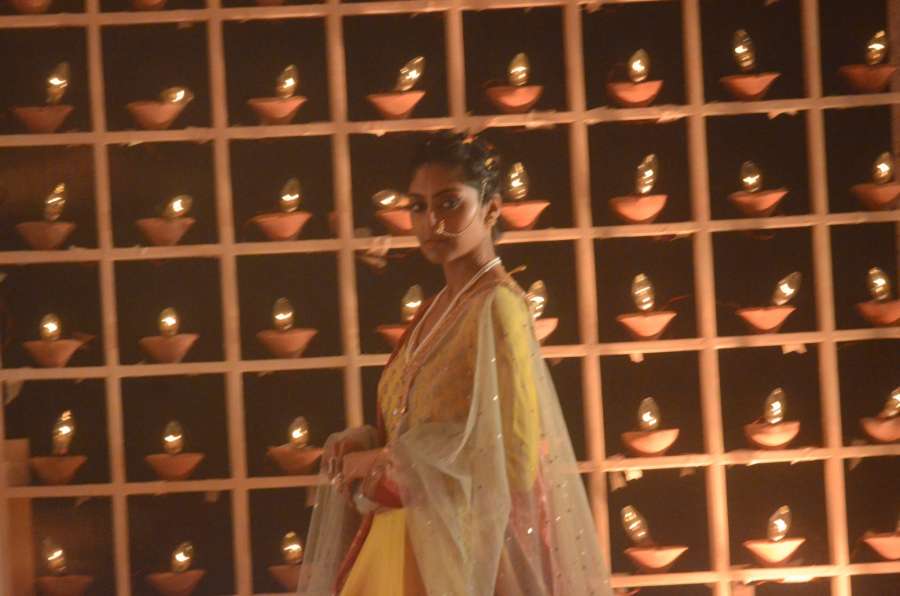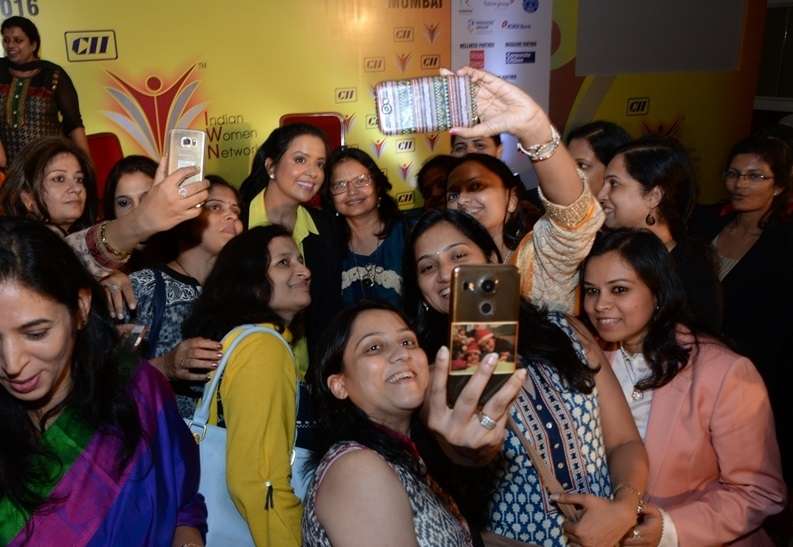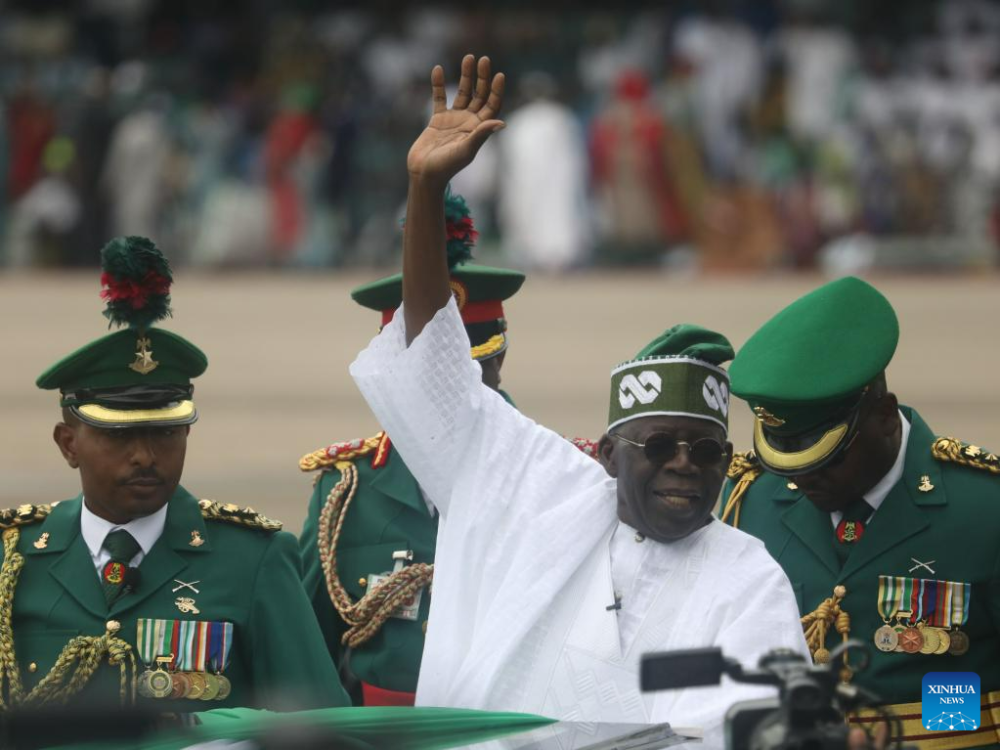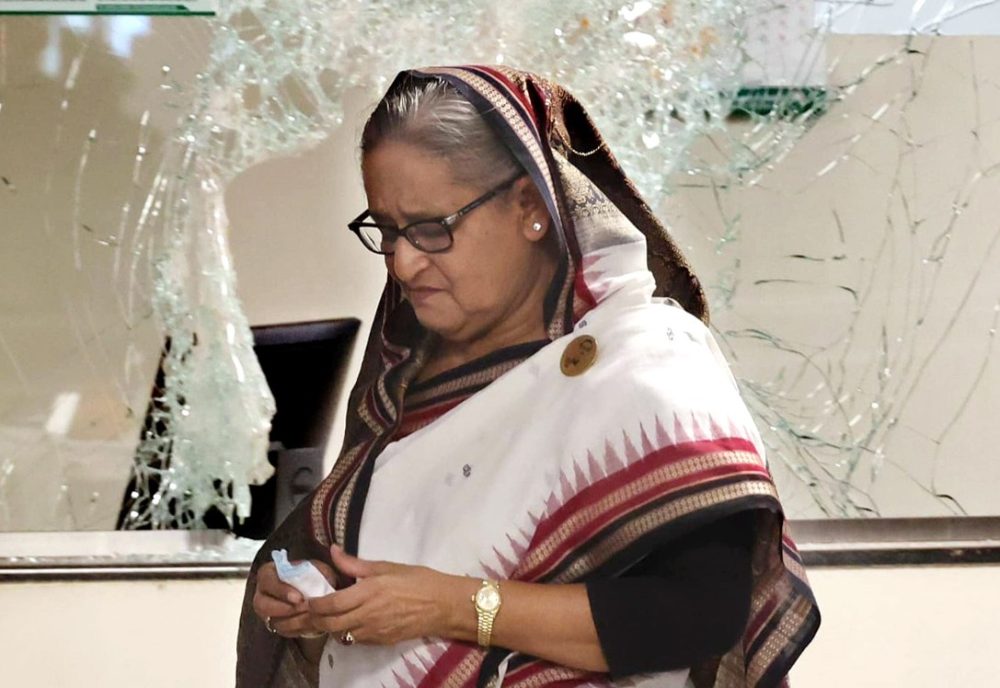Multicultural marketing in the UK must stop stereotyping ethnic women to promote products and services. She’s busy in the kitchen making a curry. Or she’s leaping to Bollywood style music in paddy fields ‘back home’. Or as a grandmother, she’s dedicatedly making mango chutney for her family. While the husband, of course, is busy watching television or fixing the car … writes Rahul Joglekar
We’re talking about the portrayal of ethnic women on TV. While gradual steps are being taken to reimagine these tired tropes, multicultural marketing needs a breakthrough moment.

Of course, advertising in the ethnic sector is a tricky beast. ‘Asian’ doesn’t begin to capture the complexities and heterogeneity within South Asian households and differences that exist within cultures (i.e. Indian, Pakistan or Bangladeshi). There are huge differences between first and second generation desis too. And of course, this is further complicated by socio-economic realities. “It is a tight rope walk. We need a seamless balance between the many different Asian women we meet. We must challenge stereotypes without alienating any audience segment,” says Preet Khanna, Account Director of London-based HereandNow365.
“We’re, of course leading from the front and helping brands achieve this. We actively advise and nudge brands to move away from an image of Asian women, that seems stuck in time. It is regressive and simply not reflective of today’s realities,” she says. “And brands are also actively coming forward to create a much more representative image of the British Asian household on TV and digital. From well-known rice and flour brands to other consumables, we are seeing the change and being the change,” says Preet.
Portrayal of our culture in general and Asian women in particular matters. “Children growing up in immigrant households watch advertising of this kind and make decisions about their parents and their communities,” says Manish Tiwari, Director, HereandNow365.

Advertising is powerful. It shapes our perceptions not just about the world also about ourselves. “Younger people who watch an advertisement stuck in time – about gender or any other issue – want to actively disassociate themselves from their own cultures. Brand communication casts a long shadow on perceptions.,” says Manish.
More research should perhaps be done in this area. But we can largely agree that, “Stereotypes are regressive and even harmful,” says Manish. The Committee of Advertising Practice agrees. Last year, it banned harmful gender stereotypes in advertising.

Under the new rule, an ad that depicts a man with his feet up and family members creating a mess, while a woman is solely responsible for cleaning it up, is banned. Or an advertisement that depicts anyone failing to achieve a task specifically because of their gender, e.g. a man’s inability to change nappies; a woman’s inability to park a car, is also forbidden.
In an Asian context – this is all too familiar. There are encouraging signs of men sharing the housework but we’re yet to see a husband washing the dishes or helping with other household chores on TV.
Guy Parker, Chief Executive of the Advertising Standards Authority says, “Our evidence shows how harmful gender stereotypes in ads can contribute to inequality in society, with costs for all of us. Put simply; we found that some portrayals in ads can, over time, play a part in limiting people’s potential. It’s in the interests of women and men, our economy and society that advertisers steer clear of these outdated portrayals, and we’re pleased with how the industry has already begun to respond”. (You can read more here).
He’s right – there are advertisements even in an Asian context that are leading the change. Even in an Indian context, we can see how advertising is changing perceptions and gently creating new realities. Here’s an advertisement that gently pushes the envelope on diaper changing:
But still there is a long way to go. The Geena Davis Institute on Gender in Media at Mount Saint Mary’s University conducted some eye-opening research. Using 2,000 Cannes Lions films from 2006 to 2016 as the basis of their study, they found:
- 25% of ads feature men only on-screen compared to just 5% of ads that feature only women.
- There are about twice as many male characters as female characters shown on screen.
- 85% of women say film and advertising needs to catch up with the real world when depicting women. (You can read more here).
These findings apply to the ethnic sector as well. And that’s why multicultural marketing stands at a fascinating crossroads. There is a huge opportunity to change the narrative. “I think we are on a journey of transformation. But there is a long way to go. With a team made up of over 50 per cent women from ethnic minority communities, at HereandNow365, we are well-positioned to make that difference,” says Manish.
Happy Woman’s Day to our customers and readers. Please comment on this issue below to share your views with us.
(Rahul Joglekar London-based freelance content producer who was formerly a BBC reporter)










